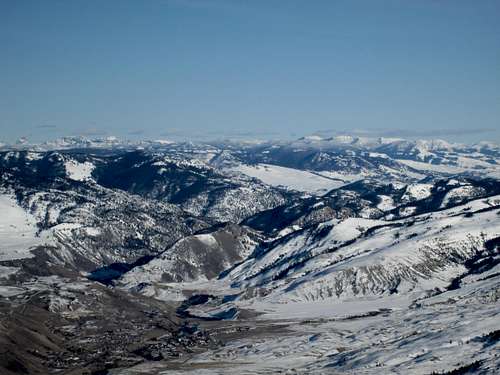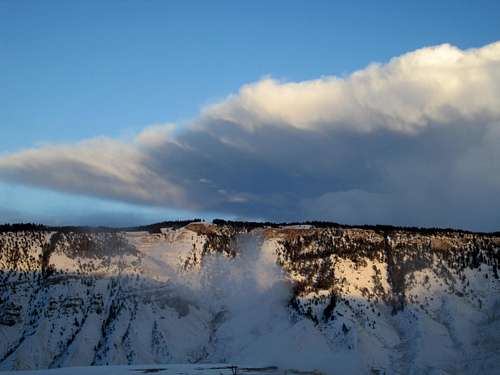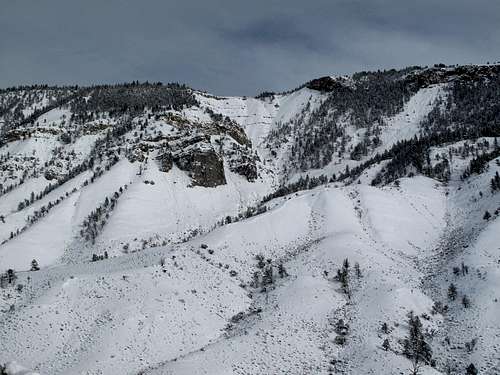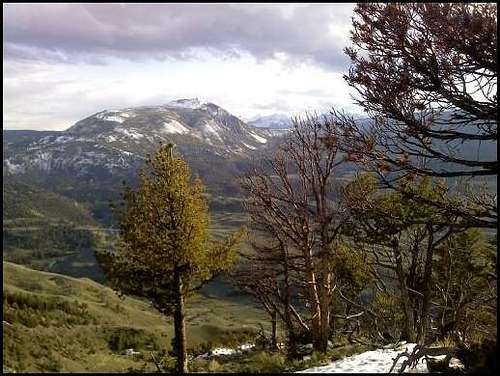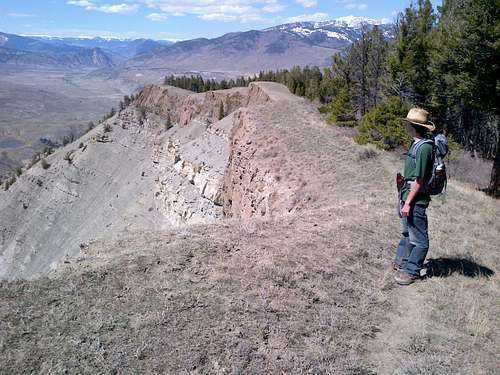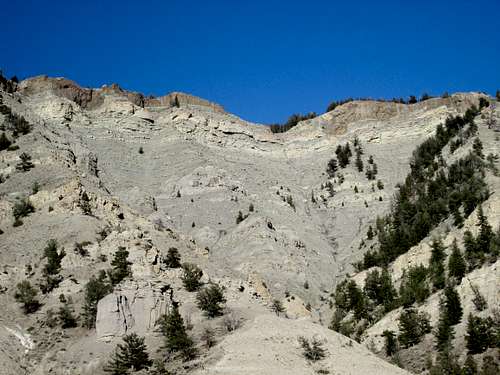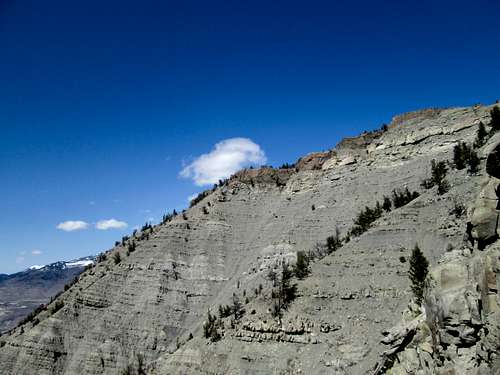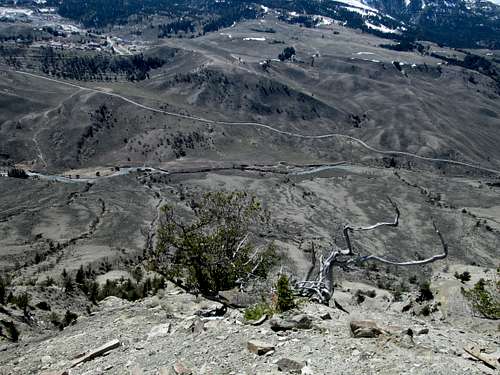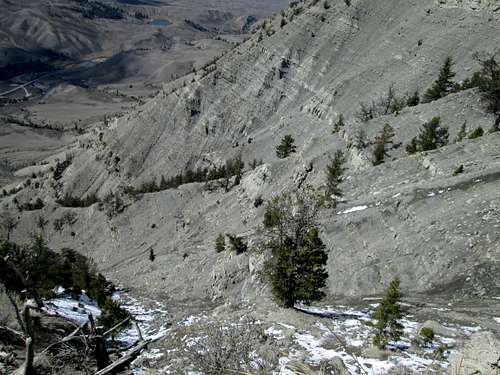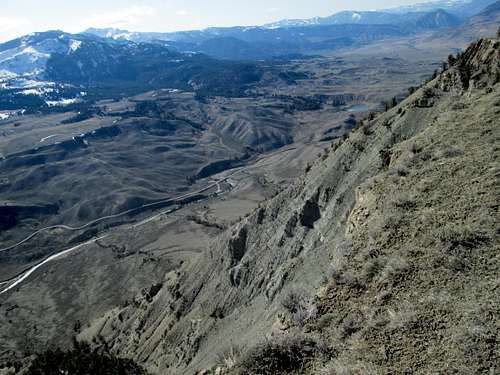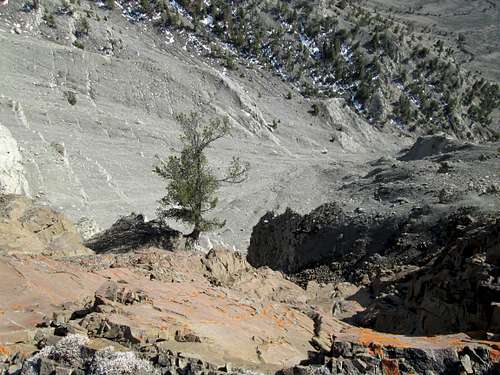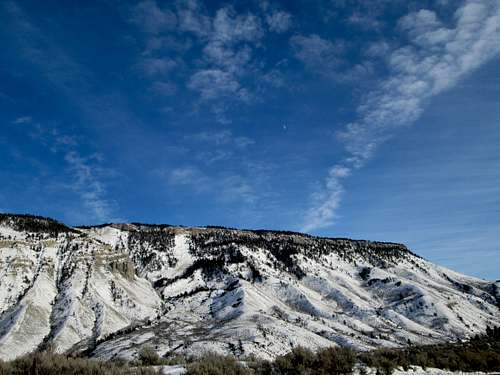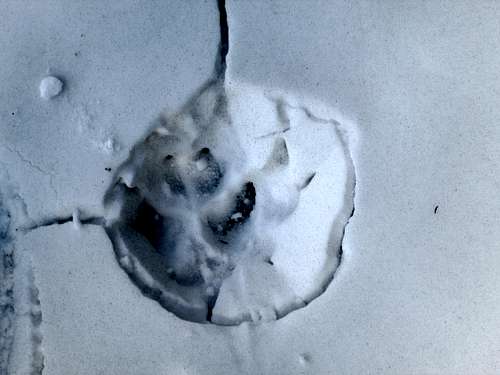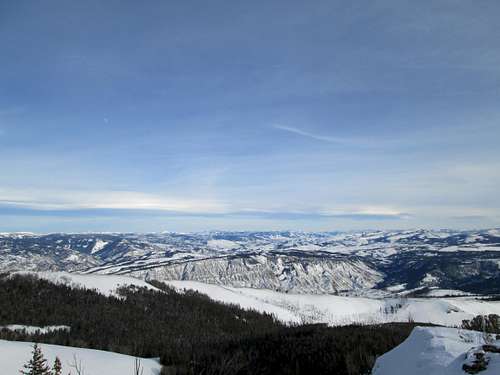|
|
Mountain/Rock |
|---|---|
|
|
44.97172°N / 110.65997°W |
|
|
Park |
|
|
7831 ft / 2387 m |
|
|
Description
If you have ever visited the North Entrance of Yellowstone National Park, you have probably seen Mount Everts. Located in the Gallatin range, Everts is a massive plateau, stretching from the Blacktail region of Yellowstone, all the way to the town of Gardiner(which is located just outside the North Entrance). Although Everts is only 7,831 ft tall, it has huge vertical relief when viewed from the west. From Mammoth(the park headquarters) Mount Everts dominates the eastern horizon, with its steep limestone cliffs and slopes towering nearly 2000 vertical feet above the Gardner river. A sizable population of bighorn sheep lives high on these cliffs.The mountain is a geological wonder, due to the many layers of ancient rock that make up the west face of the peak, as well as the cliff band beneath the summit. These layers of rocks provide a unique look into the geologic history of Yellowstone. Students from nearby universities(primarily MSU in Bozeman) as well as geologists, come to study the cliffs of Mount Everts.
Mount Everts gets its name from the famed wayward explorer Truman C. Everts. Everts was a member of the Washburn expedition into Yellowstone in the year 1870. He was separated from his party near the Yellowstone Lake region of the park, and spent over a month thrashing his way through the wilderness, enduring nearly every manner of hardship. When he was finally found, Everts was emaciated, and nearly dead.
His account of the ordeal became a sensation, and brought a lot of attention to the Yellowstone region.
Getting There/Ascent
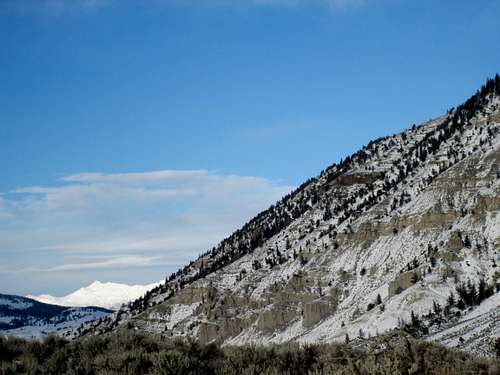
The northern half of Mount Everts. The Rescue Creek trail starts near the base of the mountain(in the lower left corner of the picture) and heads up the gently sloping backside.
The West Face:

Heading up the steep west face of Mount Everts. There are innumeralbe routes on the west face, some much steeper than others.
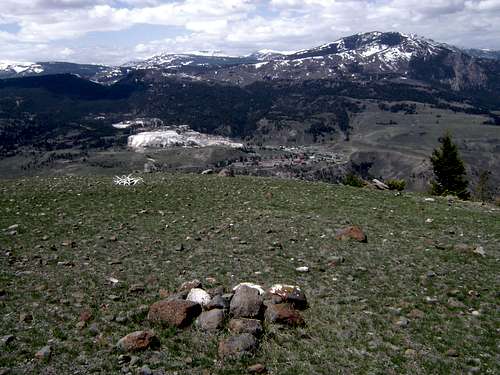
The summit plateau of Mount Everts, looking towards Mammoth. Sepulcher Mountain can be seen on the right.
The Northwest Face:
The Northwest Face of Everts can be ascended from other locations, although these are much more steep and exposed. The steepest part of the mountain is the basin on the northwest face. Several steep ridges ascend this face, and are very fun scrambles. These ridges require occasional low 5th class moves to negotiate rock bands. The rock on Mount Everts is very crumbly, and as such, trad climbing would be very sketchy and difficult. It is very easy to get cliffed out on some sections of the West Face, so make sure you don't climb up anything that you can't climb down.
Video from the top of the Northwest Face of Mount Everts.



